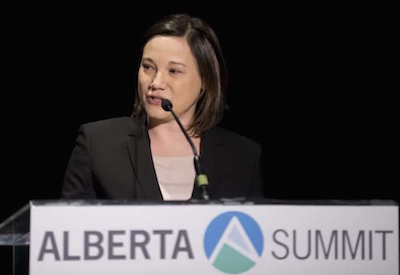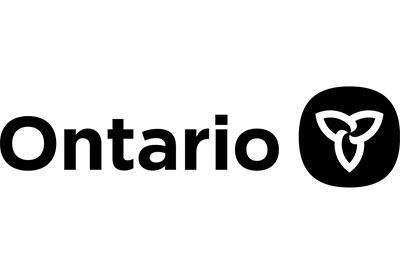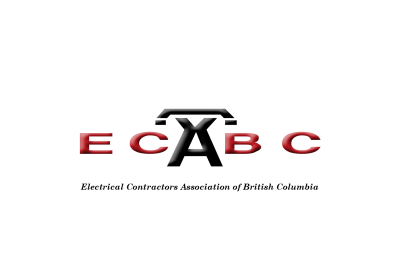Alberta Wind Energy Opportunities Draw Investors

May 17, 2017
The Alberta government’s efforts to encourage development of the province’s abundant wind energy resource has captured the attention of investors who see a long-term opportunity for growth in the market, according to wind industry leaders who met earlier this month in Edmonton for the Canadian Wind Energy Association (CanWEA)’s Alberta Summit.
About 185 established and emerging players in Canada’s wind energy sector attended the one-day event, which explored the economic and environmental benefits of Alberta’s plan to get 30% of its electricity supply from renewable sources by 2030. With billions of dollars of new investment expected to flow into the province as it adds 5,000 MW of new renewables to its grid over the next 14 years, delegates discussed opportunities for Alberta-based companies to generate new business by participating in the wind energy supply chain.
Alberta Environment Minister Shannon Phillips delivered the summit’s keynote luncheon address, showcasing her government’s climate strategy and the role wind energy will play in meeting its objectives.
“Our government’s renewable energy program is part of a made-in-Alberta plan to create jobs, diversify our economy, attract investment, and reduce carbon pollution,” Phillips told delegates. “The strong interest shown by industry ensures a highly competitive process that will allow us to achieve all of those goals at the lowest possible cost.”
Mike Law, Senior Vice President and Chief Operating Officer at the Alberta Electric System Operator (AESO), updated delegates on the province’s competitive renewable energy procurement plans, including the process for the first 400 MW launched in March. Expert panelists also advised on best practices for engaging with communities, reviewed the proactive steps being taken to manage wind’s environmental impacts, weighed in on how Alberta’s electricity market needs to evolve to enable the transition to a low-carbon future, and tackled persistent myths surrounding renewable energy reliability.
With 1,479 MW of wind energy, Alberta has the third largest installed capacity among Canadian provinces. Wind currently supplies about 6% of the province’s electricity demand, and Alberta’s target of 30% renewable electricity by 2030 has made it the leading market for new wind energy development in Canada.









![Guide to the Canadian Electrical Code, Part 1[i], 26th Edition – A Road Map: Section 10 – Grounding and Bonding](https://electricalindustry.ca/wp-content/uploads/2022/11/Guide-CE-Code-2.png)





